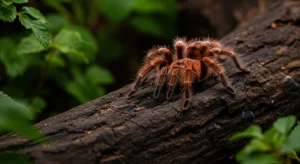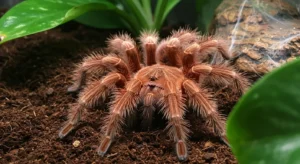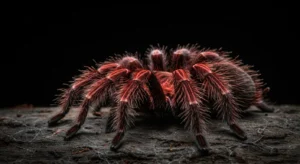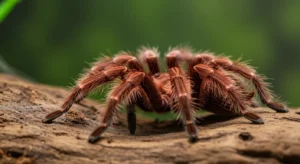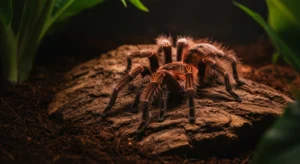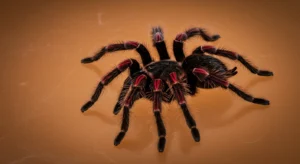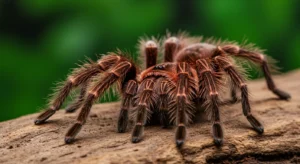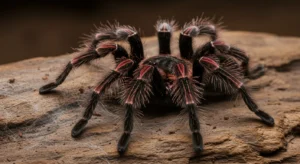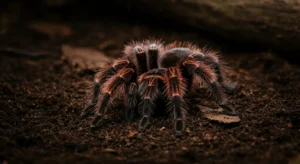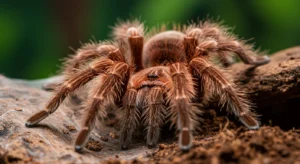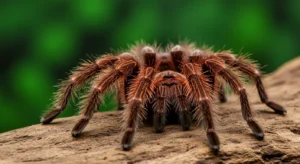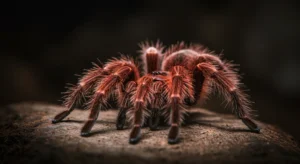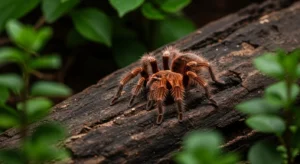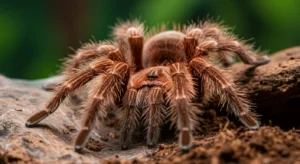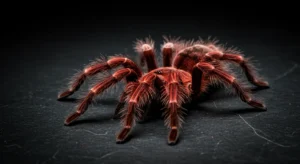Chilean Rose Tarantula-Friendly Decorations for Their Enclosure
Introduction: Beyond the Basics
Setting up an enclosure for your Chilean Rose Tarantula (Grammostola rosea) involves more than just substrate and a water dish. Decorations, often referred to as “cage furniture,” play a crucial role in providing security, enrichment, and making the enclosure aesthetically pleasing. However, not all decorations are safe or suitable. Choosing tarantula-friendly items ensures the well-being and safety of your pet.
The Essential Decor: A Secure Hide
The single most important piece of decoration is a secure hide. Chilean Roses are naturally inclined to seek shelter, especially during the day or when feeling stressed. A good hide helps them feel secure.
- Suitable Options: Curved cork bark rounds or flats, half-logs (ensure they are stable), terracotta pot halves (partially buried), or commercially made reptile hides of appropriate size.
- Size: The hide should be snug but large enough for the tarantula to easily enter and turn around inside.
- Placement: Position it firmly on the substrate, perhaps slightly buried, so it cannot be easily tipped over.
Providing a proper hide is fundamental to safe tarantula tank decorations.
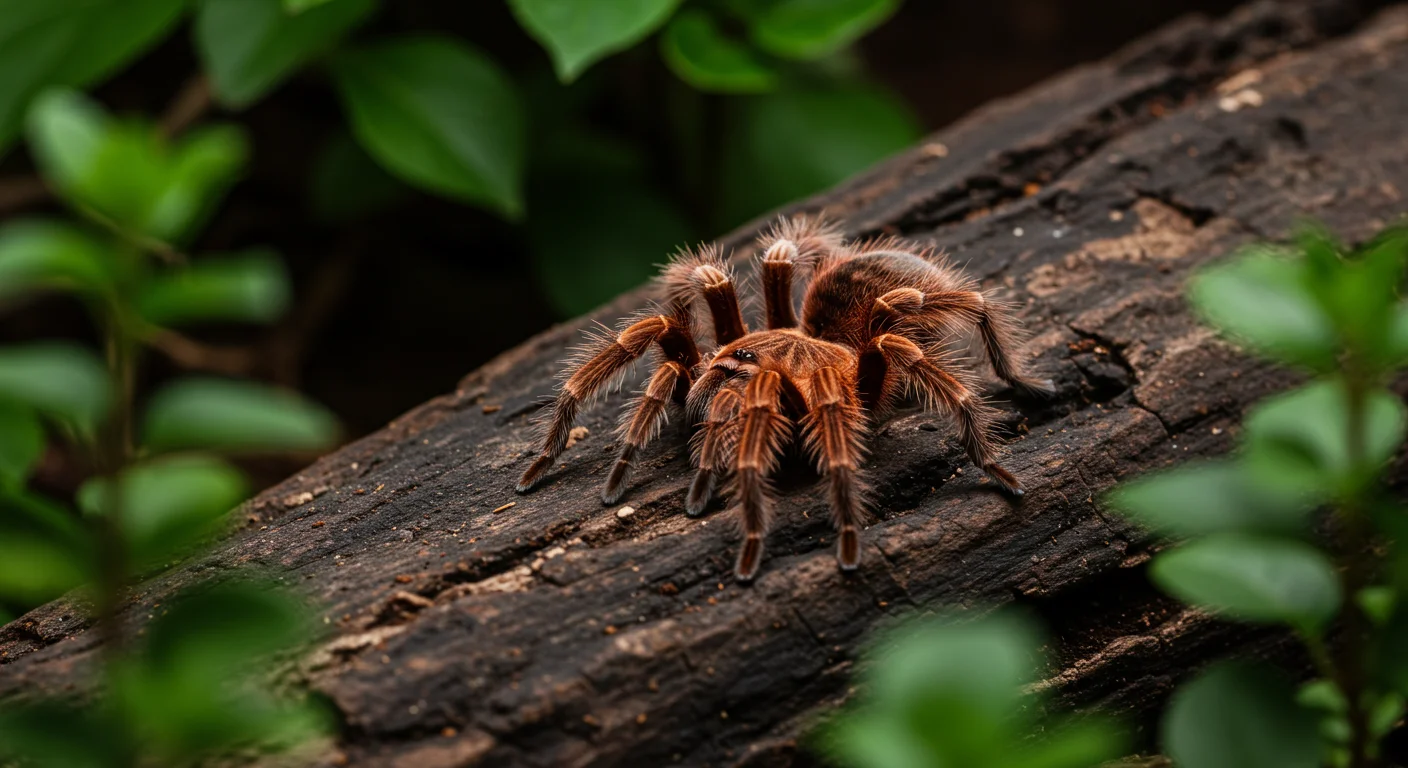
Substrate: Functional Decor
While primarily functional (for burrowing, humidity retention), the substrate itself contributes to the enclosure’s look and feel. Appropriate options include:
- Coconut fiber (coir)
- Peat moss ( sphagnum, ensure pesticide-free)
- Vermiculite (often mixed with other substrates)
- Topsoil (organic, sterile – free from pesticides/fertilizers)
Provide a depth of at least 4-5 inches for adults to allow for potential burrowing behavior, itself a form of environmental enrichment.
Enrichment and Aesthetic Decor
Beyond the essential hide, other items can add visual interest and potential anchor points for webbing or exploration:
- Cork Bark Flats/Branches: Lean pieces against the enclosure walls or lay flats on the substrate. They provide climbing opportunities (though G. rosea is terrestrial) and visual barriers.
- Dried Leaves: Sterilized leaf litter (oak, maple leaves – baked at low temp to sterilize) can enhance the naturalistic look and provide additional surface cover.
- Fake Plants: Silk or plastic plants (ensure no sharp edges) can add aesthetics and cover. Choose sturdy ones that won’t be easily knocked over. Ensure they are made from non-toxic materials.
- Smooth Rocks: A few smooth, sterilized rocks (boiled or baked) can be added, but ensure they are placed firmly on the enclosure floor *before* adding deep substrate, preventing them from being undermined and potentially collapsing on the tarantula.
As highlighted in guides like the tarantula care sections on Wikipedia, enrichment should prioritize safety.
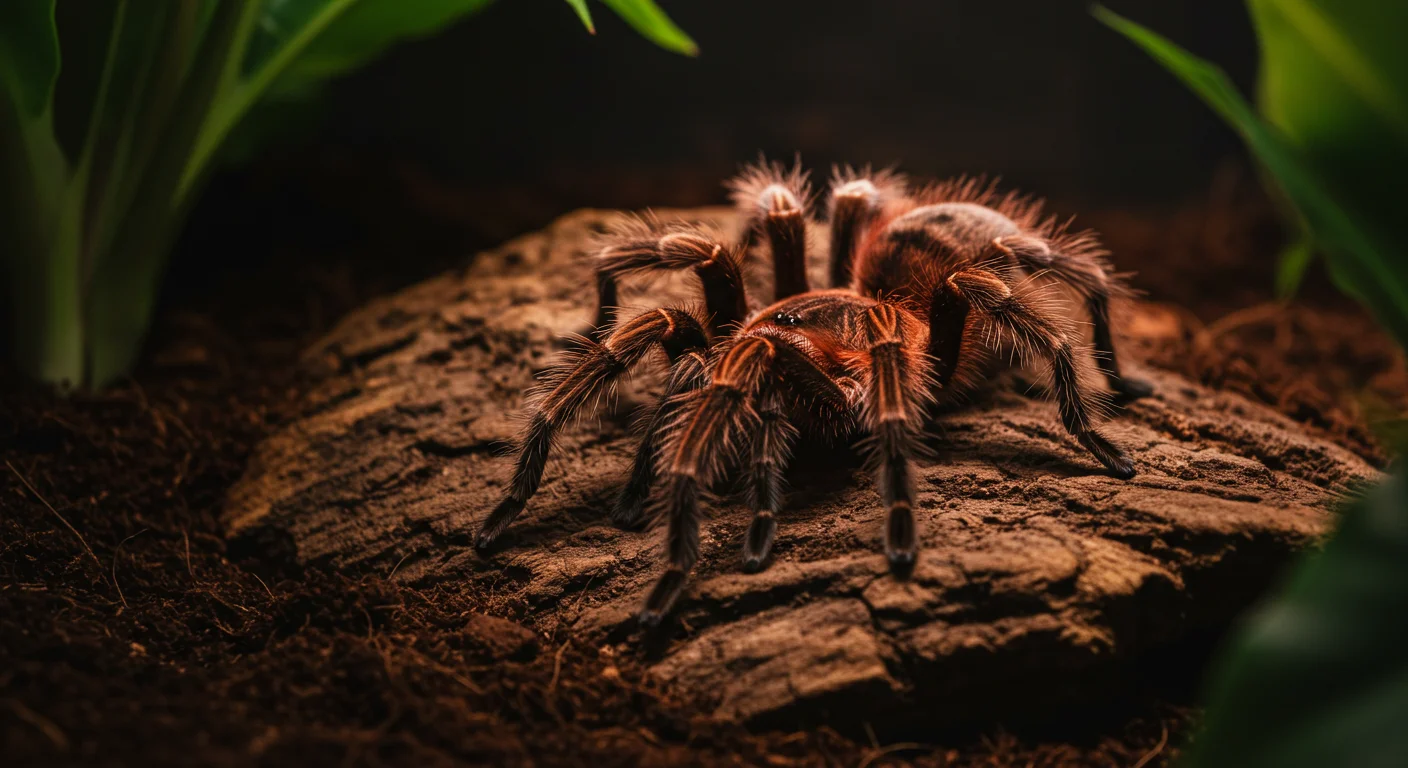
Safety Considerations: What to Avoid
Certain items pose risks and should not be used:
- Sharp Objects: Avoid decorations with sharp edges or points that could injure the tarantula’s soft abdomen.
- Heavy/Unstable Items: Anything that could fall or be knocked over easily and potentially crush the tarantula.
- Toxic Materials: Avoid chemically treated wood, resin figures with strong odors or potentially toxic paints/sealants.
- Fine Mesh: Tarantula feet (tarsi) can get stuck in fine mesh, leading to leg loss.
- Live Plants (Generally): While possible in bioactive setups, managing appropriate plants that are non-toxic and thrive in tarantula conditions without posing risks (like requiring excessive watering leading to mold) can be complex for beginners. Fake plants are safer.
- Items from Outdoors (Unsterilized): Wood, rocks, or leaves collected outside can introduce pests (mites, nematodes), mold, or pesticides. Always sterilize by baking (low temp) or boiling.
Prioritize Safety Over Aesthetics: Never introduce an item if you are unsure about its safety. A simple, safe setup is always better than a cluttered, potentially dangerous one.
Decor Placement Strategy
- Place heavier items (rocks, principal hide) directly on the enclosure floor before adding deep substrate.
- Arrange items to create visual barriers and multiple potential hiding spots, but don’t overcrowd the space. Allow clear paths for movement.
- Position the water dish in an easily accessible spot that’s less likely to be buried or fouled.
Conclusion: Functional and Safe
Decorating your Chilean Rose Tarantula’s enclosure should focus on providing security and safety while allowing for natural behaviors like hiding. A secure hide is essential, supplemented by safe options like cork bark, sterile leaf litter, and appropriate fake plants. Always prioritize materials and placements that pose no risk of injury or toxicity. A well-decorated, safe enclosure contributes significantly to the health and well-being of your tarantula.
General safety principles align with information found in sources like Wikipedia’s tarantula care sections.
